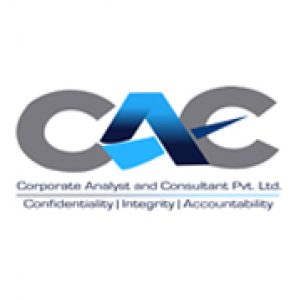When carrying out the accounting of a company, it is necessary to take into account both the fixed and circulating assets of the same. The latter are assets, rights and credits that can be transformed immediately or, at least, within a period of less than twelve months.
On the contrary, fixed or non-current are the most durable. They could be defined as those goods or rights that have been acquired to be used by the company in the normal development of their activities and not to be commercialized.
Examples would be the ship where the products are manufactured, the tools that are used to make it, or the truck that is used to distribute them. However, the same good can be for a fixed asset management companies an asset of fixed type, while for another it is circulating. In the example of the truck, for a business that is dedicated to selling heavy vehicles, that truck would be a commercial product and not a fixed-rate asset.

Types of fixed assets
On the other hand, there are basically two classes of fixed-rate assets and both have value for the company, in addition to having to be reflected in their accounts with the corresponding amortizations. They are the following:
Tangibles
It is about the material goods that can be touched, of the company. The fixed asset management companies itself establishes as tangible the land and natural assets, for example, a site; the buildings, such as the aforementioned case of the ship where the company carries out its production; the machinery used for it (it includes not only the machines themselves, but also the vehicles and tools); the technical facilities, such as assembly lines; the furniture of their offices; equipment for computer processes, or computers, printers, etc.; the transport elements and, finally, other goods.
Not tangible
They are the most difficult to quantify, because they lack materiality, but they also have an economic value. Among them, are the brands of the company itself, that is, the names of products that have registered? Also patents, or articles created by it (for example, a software of its creation), and copyrights. Likewise, permits, licenses and franchises, through which the company has acquired the right to use a good or brand of another.
Inventory of fixed assets
Therefore, these assets have an important equity and financial value for the company. Hence the importance of having a good inventory of them. This should include its main data: code, physical situation, description, value and depreciation, status and useful life.
The correct registration of these assets allows the company to make decisions in financial and fiscal matters. As for the first one, it reflects in its accounts both the amortizations as well as the expenses and income generated by those assets and, with respect to the second, that inventory helps it to optimize its taxes in accordance with the laws in force. It also allows you to save costs by reducing your investments in unnecessary goods.
Therefore, all companies must perform, at least once a year that inventory of fixed-rate assets and permanently keep track of those that are in operation in them. Likewise, it has to do correctly the calculation of depreciation of each of those goods and track those that have depreciated to decide what to do with them.


